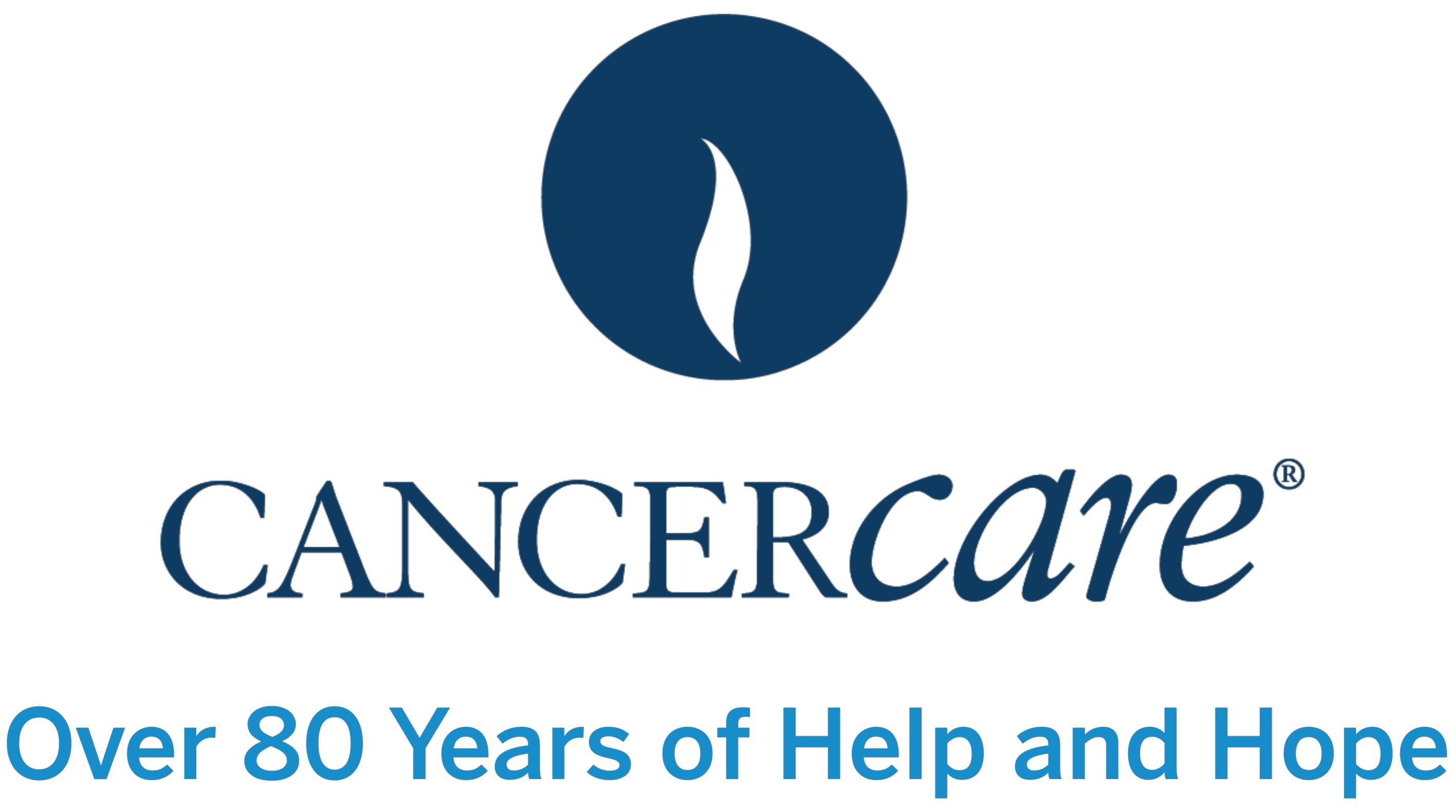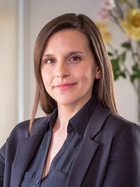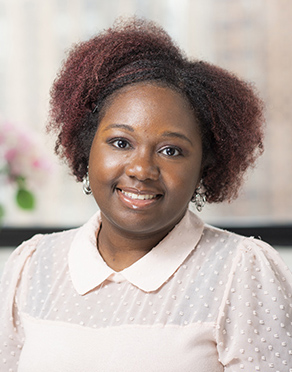For Any Cancer Diagnosis
- Q.
I just got my screening MRI and my PSA is rising slowly for 3 years from 4.0 to 5.1. The MRI indicates a level 4 lesion well defined with no infiltration. I have an MRI fusion targeted biopsy scheduled in late May. Is the waiting period for this lesion appropriate? I'm being seen at a university hospital and clinics by a urologist.
A.It is always a good idea to be proactive in your health. Although it is typical to follow up with a biopsy following these results, the time frame to schedule it may vary based on other factors. It is not uncommon to feel concerned or anxious waiting for these tests. In order to feel more confident with these decisions, we always suggest speaking with your doctor about how these choices are made. When possible, a second opinion may also make you feel comfortable with your care. Below are some questions to help guide these conversations:
What is the purpose of this biopsy?
What is the typical follow up for these screening results?
How was the timing of this biopsy decided? Can it be scheduled sooner?
How will the results be discussed with me?
The Prostate Cancer Foundation has a list of additional questions on PSA screening and biopsy.
CancerCare offers a Time To Screen line at 855-537-2733 where you can talk to one of our specialists about screening.
- Q.
Are there any resources to assist someone who is uninsured in getting a colonoscopy?
A.If you or someone you know is uninsured, there may be free or low cost options to help you access a colonoscopy. It can definitely feel overwhelming to access this care and worry about the financial cost or other barriers. Below are some options to contact for a free colonoscopy:
- The Colorectal Cancer Alliance provides resources to access free screenings and financial assistance for those that are eligible
- In some states, the Department of Health provides free screenings, including colonoscopies
- Your health care team may know about possible resources or programs in your area
Additionally, CancerCare offers a Time To Screen line at 855-537-2733 where you can talk to one of our specialists about screening information. Our free publication Colorectal Cancer: The Importance of Screening and Early Detection can also help answer questions about this test.
- Q.
I would like to get a cancer screening. I need help financially and where to find screenings.
A.There are many benefits to screening for cancer. Early detection is key to improving outcomes if a cancer is diagnosed. There are several recommended cancer screenings, including: breast, cervical, colon, lung, prostate, and skin, depending on an individual’s risk factors. It is important to ask your doctor about which screening is right for you. Many times, insurance companies will cover these recommended screenings if you are eligible to receive them. If someone is uninsured or underinsured, there may be options for assistance. Free or low cost screenings can be found in several ways.
- First, ask your doctor if they have any services or programs in the community
- The Department of Health provides free cancer screenings. Check your state’s location and program
- The Centers for Disease Control (CDC), provides information on screening and access to care
Additionally, CancerCare offers a Time To Screen line at 855-537-2733 where you can talk to one of our specialists about screening information.
For Breast Cancer
- Q.
I am 40 years old and had my first mammogram. It showed an area that they believe is probably benign (not cancer). They said that I have dense tissue and that it can be harder to evaluate the results. What can I do? How can I help myself?
A.It is common for younger women who have not yet entered menopause to have dense breasts. Breasts consist of milk glands and ducts, fatty tissue, as well as connective tissue. Fatty tissue appears dark or transparent on a mammogram, making it easy to see through. However, connective tissue shows up as white on a mammogram, making it difficult to detect cancer which also appears white. Think of it as looking for a polar bear in a snowstorm. If a woman’s breasts consist of mostly connective tissue, they are considered “dense.” Some states now require doctors to inform their patients that they have dense breasts, as dense breast tissue can obscure cancerous tissue.
In order to get a better look inside dense breasts, other imaging techniques may be used in addition to mammogram. For instance, your doctor may recommend a breast MRI, which uses magnets instead of radiation. Or, he or she may suggest a breast ultrasound, which uses sound waves to investigate areas of concern picked up on a mammogram. Each test has different benefits and risks, so it is best to talk with your doctor about which makes the most sense for you as an individual. It may be helpful to know that 80% of breast changes are benign, or not related to cancer.
I applaud you for being proactive about your breast health.
- Q.
I fear I have breast cancer...I have no insurance and lost my job. My symptoms have become too huge to ignore. What can I do?
A.I am sorry to hear about all that you are dealing with—this must be a stressful time full of uncertainty. It is certainly important to be aware of changes in your breasts and to seek medical attention when you notice unusual symptoms that persist for a period of time. But keep in mind, too, that 80% of breast lumps are not cancerous. For instance, breast cysts, fibroadenomas, and infections are all considered to be benign, or not related to cancer.
That said, you should contact the National Breast and Cervical Cancer Early Detection Program (NBCCEDP), to locate a free screening program. Medicaid coverage is available through the program to women who have been screened and diagnosed with cancer. For more information go to the NBCCEDP website or call 1-888-842-6355.
The thought of having cancer can be upsetting and overwhelming. Are there people in your life to whom you can turn for emotional support? You may find it comforting to bring a trusted loved one along to appointments. Not only will you have a hand to hold, but you’ll have an extra set of eyes and ears to help you take in information. I also welcome you to call CancerCare and speak with one of our professional oncology social workers at 800-813-HOPE (4673). Oncology social workers have professional training to counsel people coping with cancer and help them access practical assistance. They are available to help you manage emotions such as anxiety and sadness, find reliable information, and locate resources in your community. Read more about CancerCare’s free, nationally-available services.
- Q.
My best friend went in for a breast exam back in October. Since then, through imaging they found a "mass" that has gotten bigger and shows all sign of cancer. She is not insured and can't afford the out-of-pocket costs for a biopsy. She doesn't qualify for government programs without a diagnosis. They want to do a biopsy, but it cost too much. What are her next options?
A.A biopsy is the best way to determine if a mass is cancer, or a benign (non-cancerous) condition. If someone is uninsured, it can be difficult to follow up with this procedure. It can definitely be stressful to not know how to proceed and get care. However, there may be options to explore in order to get access to low cost, affordable care.
I would first encourage your friend to have this discussion with her current health care team, if she hasn’t already. This could help them understand how to best address her care and provide next steps for someone who is uninsured. They may have options such as charity care programs or payment plans for patients who are uninsured or underinsured.
In addition to the doctor, there are resources to contact in order to possibly receive assistance with a breast biopsy. Below are some resources that may be helpful:
Susan G. Komen: Offers a Breast Care Helpline and Patient Navigation to help guide patients through the health care system and remove barriers to breast care. You can call directly at 877- GO KOMEN (877-465-6636).
CDC’s National Breast and Cervical Cancer Early Detection Program (NBCCEDP): Provides breast and cervical cancer screenings and diagnostic services to women who have low incomes and are uninsured or underinsured.
Time to Screen: Provides information on how to get access to screening options and may be able to assist in other affordable care solutions.
Finally, CancerCare’s website provides options to educate patients on breast health that may be helpful, including:
Breast Cancer; Understanding Risk Factors and Screening
Terms to Know: Screening and Diagnosis - Q.
What is the recommendation for a mammogram screening for a 74-year-old woman with no history or family history of breast cancer?
A.The most important screening test for breast cancer is the mammogram. It can detect breast cancer up to two years before the tumor can be felt by you or your doctor. Breast cancer screening guidelines may vary slightly from organization to organization. It can be a little confusing to understand what is right for you because of this. However, for women between 50 and 74 years of age, the recommendation is typically every one or two years, depending on individual factors and shared decision making with your doctor. At 75 years of age, women should continue to discuss the use of mammography in their care to determine frequency.
Discussing your individual risk with your health care provider can help determine how frequently you should be screened. It is always a good idea to work with your doctor to set up a schedule that is right for your age and situation. In addition to the doctor, there are resources to contact in order to possibly receive additional information. Below are some resources that may be helpful:
CDC’s National Breast and Cervical Cancer Early Detection Program (NBCCEDP): Provides breast and cervical cancer screenings and diagnostic services to women who have low incomes and are uninsured or underinsured.
Time to Screen: Provides information on how to get access to screening options and may be able to assist in other care solutions and provide screening eduation.
Susan G. Komen: Offers a Breast Care Helpline and Patient Navigation to help guide patients through the health care system and remove barriers to breast care. You can call directly at 877- GO KOMEN (877-465-6636).
Finally, CancerCare’s website provides options to educate patients on breast health that may be helpful, including:
For Cervical Cancer
- Q.
Where can I find the latest screening info for cervical cancer? Seems like the recommended time between screenings has changed?
A.The first step with any cancer diagnosis is obtaining access to screen. Fortunately, there are places you can look into to acquire the latest information. Some places to seek updates about screenings would be the Centers for Disease Control and Prevention (CDC) and National Cervical Cancer Coalition. Both organizations have information about when to take your screens, and resources where you can find a screening center near you. Speaking with your OB-GYN is also another option in determining the best time for you to have a screen.
CancerCare offers more about screening for cervical cancer through the publication Cervical Cancer: Understanding Risk Factors and Screening. We also offer a Time To Screen line at 855-537-2733 where you can talk to one of specialist about screening.
For Colorectal Cancer
- Q.
When should I be screened for colon cancer?
A.Screening is important because many colorectal cancers can be prevented through regular screening. Additionally, if cancer is found early, colorectal cancer is highly treatable. Screening options for colon cancer include stool-based tests and an exam called a colonoscopy. It is generally recommended to start having colon cancer screening at age 45, regardless of gender. People at increased risk of colorectal cancer may start earlier, depending on your doctor’s instructions. It is important to talk to your doctor about your risk of colon cancer to determine the best screening plan for you.
For Melanoma
- Q.
My husband has black moles on his face - could this be melanoma? How serious are they if they change?
A.Moles are pigmented colored cells that can appear anywhere on our bodies. Having moles on our bodies does not necessarily mean they are cancer or will become cancerous. Simultaneously however, it is important to note that any change in a mole in size, color, and texture should be examined by a medical dermatologist. To help recognize the signs of melanoma, the American Academy of Dermatology created the ABCDEs of melanoma detection:
- Asymmetry: One half of the mole or pigmented spot is different than the other half
- Borders: The mole or spot has irregular or poorly defined borders
- Colors: Color is varied from one area to another. Includes shades of tan, brown, black (also can include white, red or blue)
- Diameter: Spot is usually greater than 6mm (size of pencil eraser)
- Evolving: A mole or spot that looks different from others or changes in size, shape, or color.
Your husband should have the moles on his face (and any others) checked out by a doctor. You can search for a dermatologist through the American Academy of Dermatology’s Find a Dermatologist database. The National Cancer Institute offers information about preventing skin cancer and melanoma. Additionally, the Melanoma Research Foundation provides a wealth of information about the prevention and treatment of melanoma.

 Answered by
Answered by  Answered by
Answered by  Answered by
Answered by  Answered by
Answered by